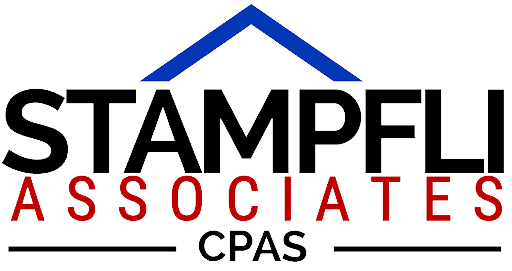Get the word out about IRA qualified charitable distributions
The SECURE 2.0 Act made some enhancements to IRA qualified charitable distributions (QCDs) that may benefit your not-for-profit organization — so long as donors know about them. You can encourage your supporters to contribute more by boning up on the new rules and communicating their tax advantages.
QCDs to RMDs
First, the basics: QCDs were established in 2006 and became permanent in 2015. Taxpayers age 70½ or older are allowed to make QCDs up to an annual limit from their IRAs directly to a qualified charity. A charitable deduction can’t be claimed for a QCD, but the QCD amount is excluded from the donor’s taxable income. And the QCD can be used to satisfy the IRA owner’s required minimum distribution (RMD), if applicable.
SECURE 2.0 enhancements
SECURE 2.0, signed into law in 2022, includes some significant QCD enhancements. Beginning this year, what was previously a $100,000 annual distribution limit is now indexed annually for inflation — $105,000 in 2024. SECURE 2.0 also created a new QCD opportunity starting in 2023. Taxpayers can make a once-per-lifetime QCD of up to $50,000, annually indexed for inflation ($53,000 in 2024), through a split-interest entity. These include charitable gift annuities, charitable remainder annuity trusts and charitable remainder unitrusts. Split-interest entities generally allow donors to make gifts to your nonprofit while creating an income stream for themselves. After a designated period of time, the balance goes to your organization. As with regular QCDs, the amount of a split-interest entity QCD isn’t deductible, but it counts toward RMDs and isn’t included in the donor’s taxable income. Spouses can each make a QCD to the same split-interest entity to double the gift. Split-interest entities must pay a 5% minimum fixed percentage annually for the life of the donor or the donor’s spouse, and these payments are taxed as ordinary income.
Boost donations
How can you get the word out and boost donations? Consider preparing a presentation, brochure or both on how QCDs work, stressing the tax advantages for donors. A QCD might be especially tax-smart for donors who:
Can’t benefit from the charitable deduction because their total itemized deductions for the year won’t exceed the standard deduction for their filing status
Want to donate more to charity during the year than they can deduct due to adjusted gross income (AGI)-based limits on their charitable deduction
In general, deductions for cash gifts to public charities can’t exceed 60% of AGI and deductions for donations of long-term capital gains property to charities can’t exceed 30% of AGI. But don’t limit your education campaign to these technicalities. Supporters increasingly are interested in outcomes. Be as specific as possible about how you’ll apply a donor’s QCD — for example, to fund a new program or facility or pay for additional staff.
Qualified recipients
Note that donor-advised fund sponsors, private foundations and supporting organizations continue to be ineligible as QCD recipients. Indeed, you should make certain that your nonprofit is allowed to accept — and is set up to receive — QCDs. Contact us for help. © 2024

